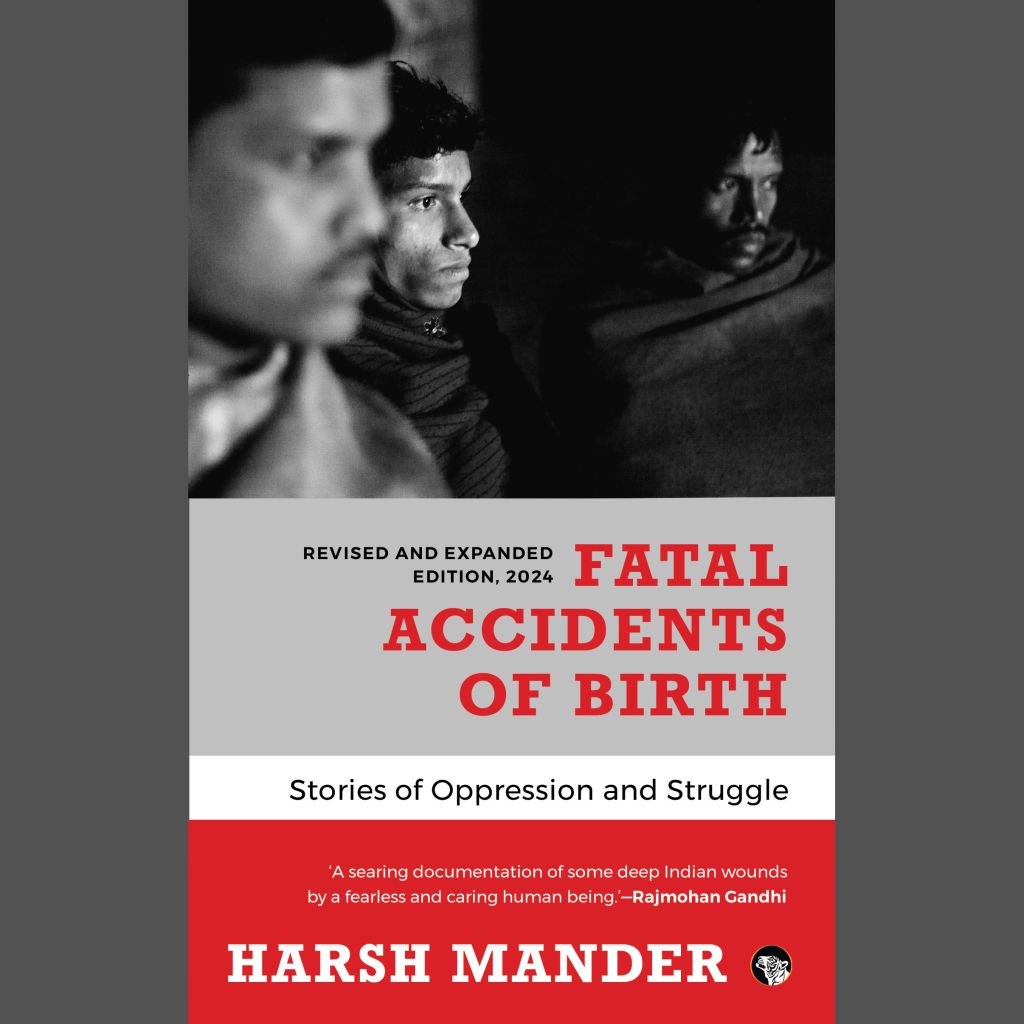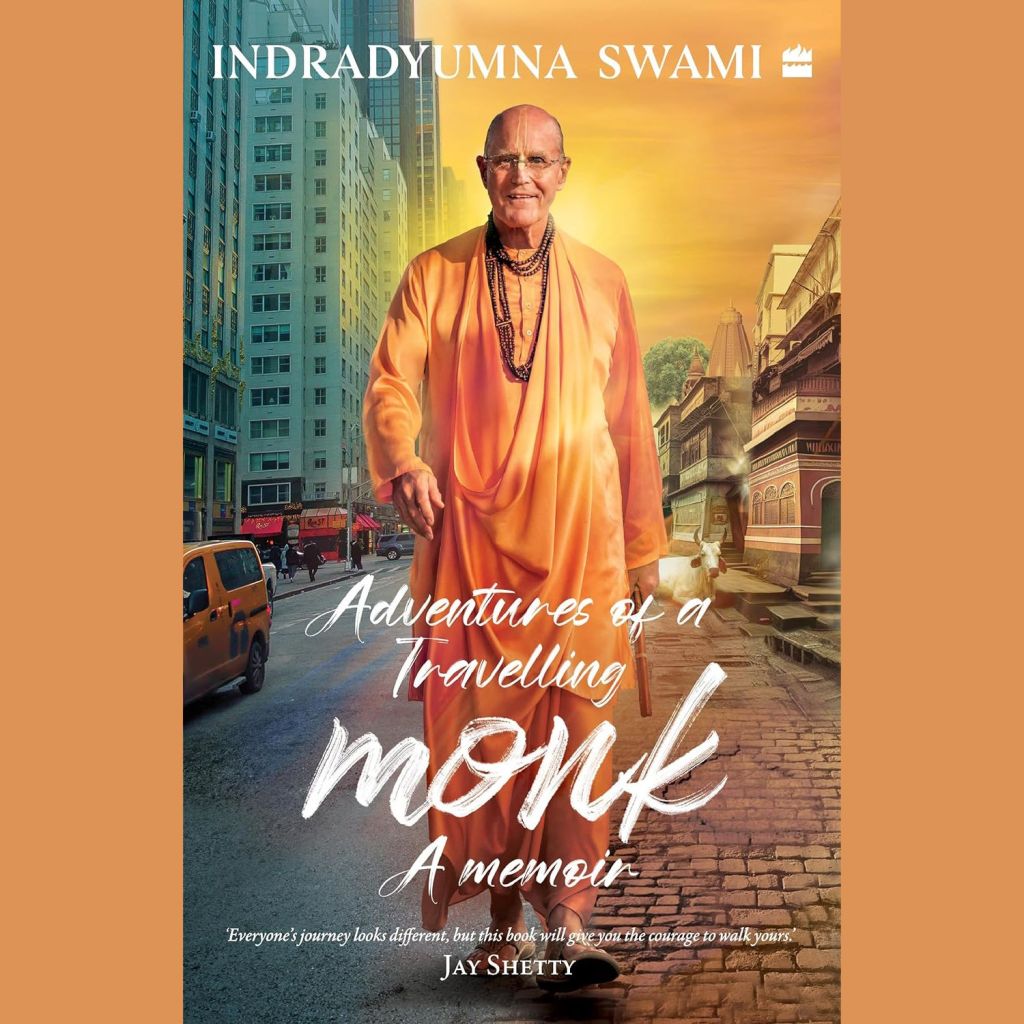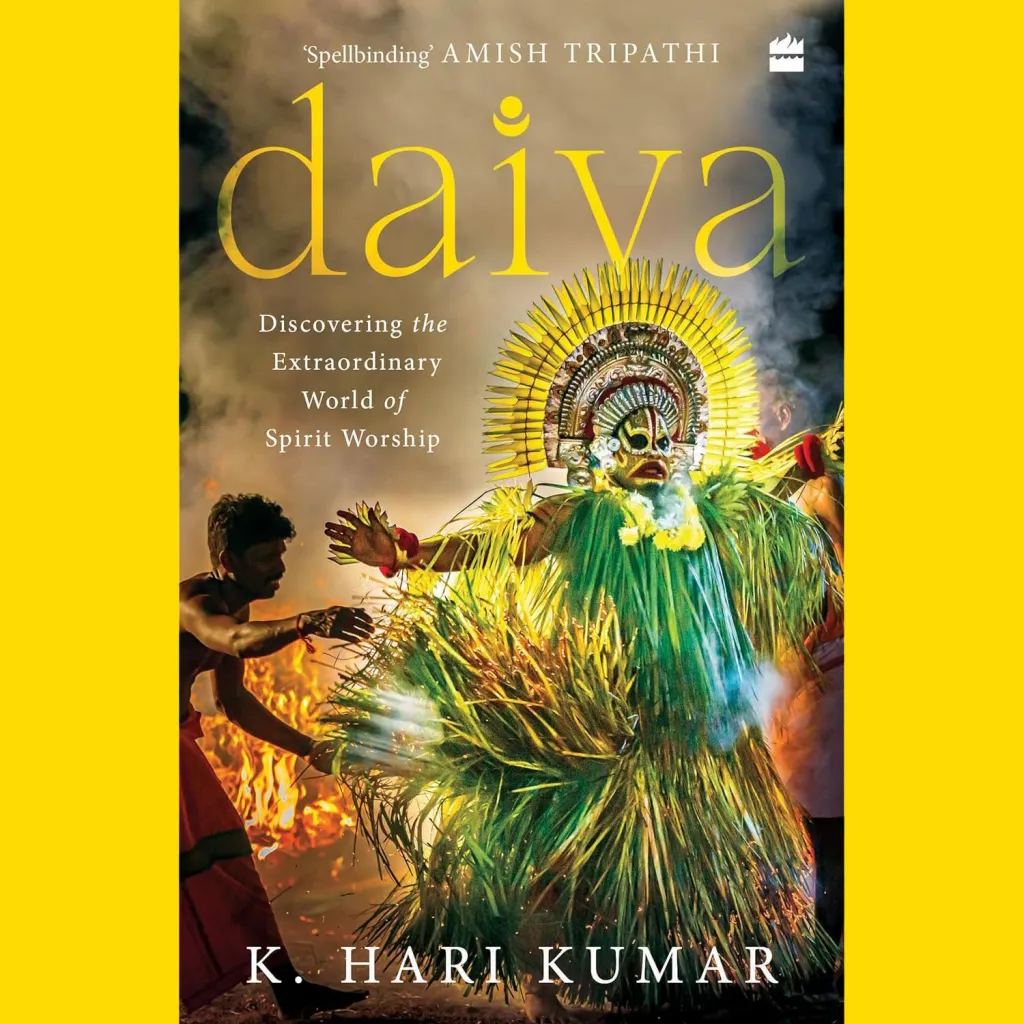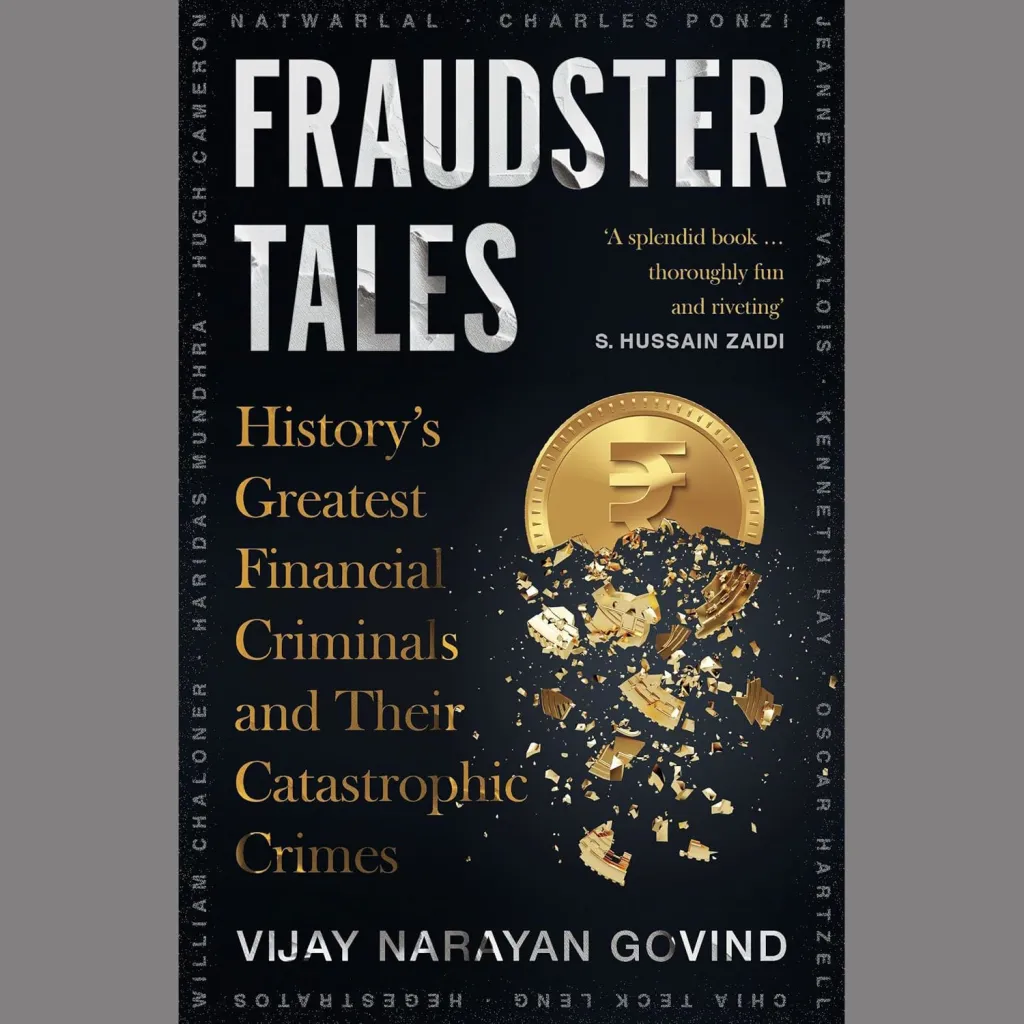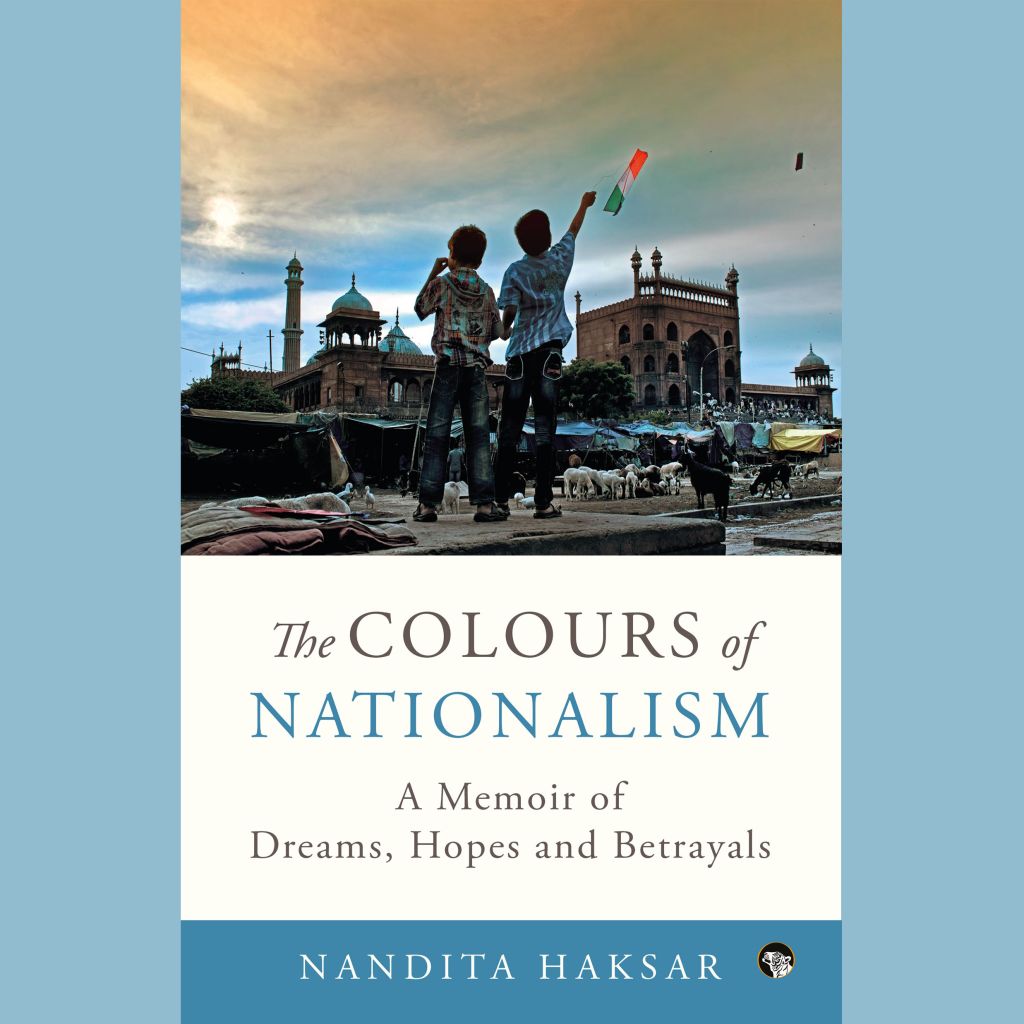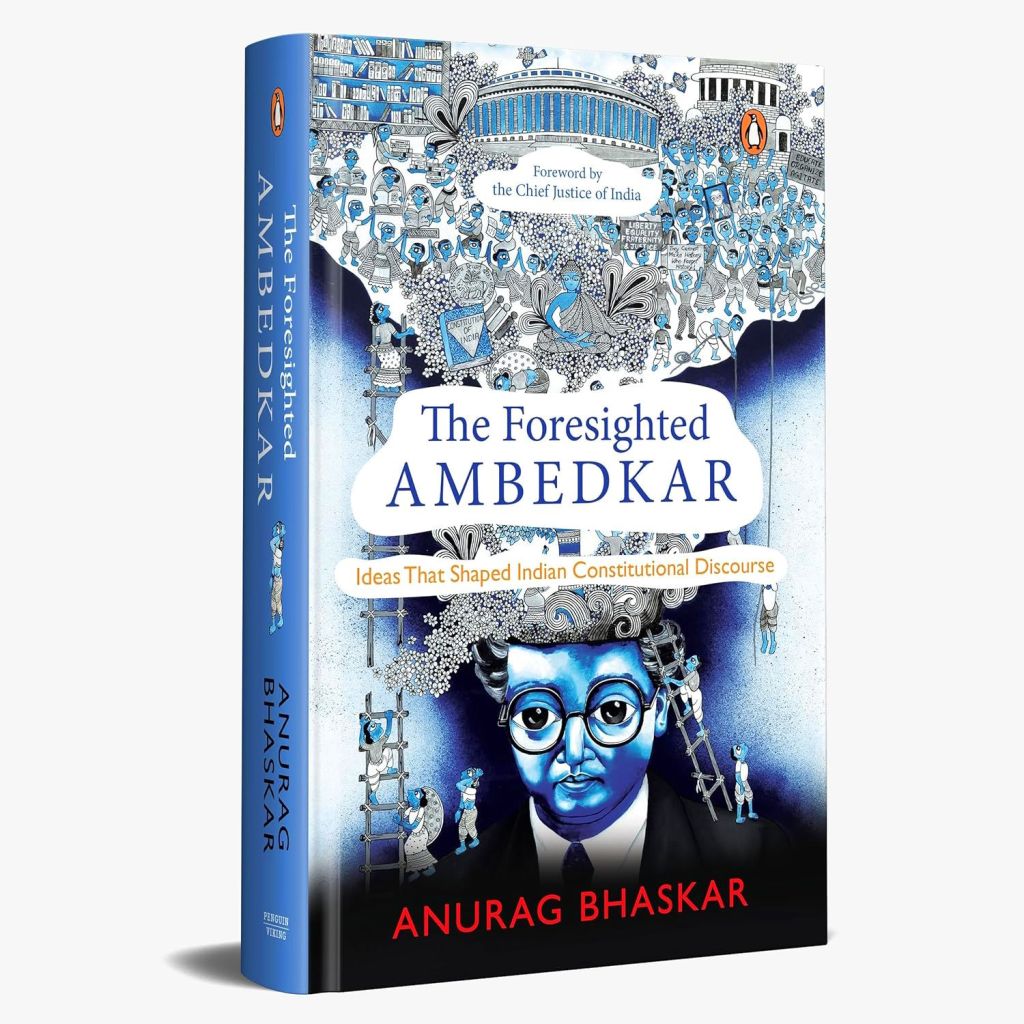New Delhi-based Ahlawat is Head of Design at Penguin Radom House India. A self-taught painter (his paintings have been showcased in solo shows in New Delhi and Dehradun), award-winning designer, TEDx speaker and design educator, Ahlawat is a man of many talents. A graduate of the National Institute of Design, Ahmedabad, he also has a Master’s degree in Graphic Design from The Glasgow School of Art, Scotland. His first book, Slow is Beautiful, was released in December last year. Here, he speaks to BooksFirst about his work in design, his thoughts on imaging and typography and some of his favourite books.
You have a very impressive educational background, with not just one but two Masters degrees, in visual communication and design. What was it that encouraged you to study design?
My parents tell me I have always been creative since childhood. Whether it was making a tent, doing up the garden during summer break or tinkering with paintings at home, summer holiday afternoons were brimming with all sorts of creative ideas. This continued in the school too, as I used to participate in all drawing and painting competitions and have won awards at all levels – city, state and national. So my relationship with making visuals is as old as I’m.
What were some of the most remarkable things about studying visual communication and design at the Indiana-Purdue University in the US and the Glasgow School of Art in Scotland?
Purdue was a total disaster for all forms of my creative endeavours, as the course was geared for design strategists. It was the most non-creative time of my life thus far! That is why I decided to move to The Glasgow School of Art and had a therapeutic Master’s experience amid some of the greatest mentors. The course was deeply seeded into critical thinking, fierce imagination and courageous forms of application. No idea was small or bad there. With some extraordinary mentors like Steve Rigley and Dan Williams, a tailored course structure, the Mackintosh heritage and the typical Scottish weather, I couldn’t have asked for more.
How are the teaching methods there different from teaching methods at, say, NID in India?
I did my Bachelors at NID, which was a more hands-on experience, whereas Masters is more research-lead, which allows you to find your designerly voice and posture. I feel the Western education system allows oneself to fail and fall much more than in Indian system. And even when you fail, you are still applauded and rewarded because you dared to attempt something new. This is most fundamental to innovation in my view. Also, one is allowed to embrace ambiguity.
After completing your studies, did you always want to work in a publishing company, or did you also consider any other options? Tell us a bit about the early years, when you initially worked at Westland and Tranquebar Press and then at Dorling Kindersley India?
My first job after NID was with Hidesign in Pondicherry. Considering my relationship with hot weather, I could only last for six months there. I was desperately looking for a new job in Delhi and Dorling Kindersley happened by accident. An accident I fell in love with!
Dorling Kindersley and Aparna Sharma (the then Art Director) both are my foundation stones into publishing. I learned the mechanics of managing a 200-page long visual book with hundreds of images coming from various sources, managing typography and all other template-related consistency. DK taught me a great deal of organisation and multitasking at a nascent stage.
I was the first Art Director at Westland and Tranquebar after my Master’s degree and I worked there for one-and-a-half years. Along with all the cover designs, I managed to shape the visual personality of the brand.
At any major publishing house, what is day to day work like, for an Art Director / Art Editor? What aspects of the work did you enjoy most?
There are several aspects to an Art Director’s job at a publishing house. From managing the design team, monthly cover schedules, managing budgets, and ensuring the smooth functioning of the design machinery at large. My style is hands-on and therefore I also design covers along with my team. While I enjoy every bit of my job from tricky negotiations to saying no, I absolutely love how my work offers an intersection of art and design.

Photo: Gaurav Gupta @ IDon’tSayCheese
Can you take us through the process of designing covers? How does it work? Do you work closely with the book author for designing the cover, or do you work independently for this?
As far as the process goes, we receive a detailed cover brief from our respective editors, with inputs from the sales team as well as the author. This brief also has the important specifications such as dimensions, format (hardback or paperback), number of pages and the budget. The process of designing the cover varies from book to book, depending upon whether it is fiction or non-fiction.
As a rule, I read all the fiction titles to get into the skin of the characters, basically to get to the heart of the story, and then visual themes start emerging while reading. At times I start my research on the side, or at other times, once I have read the book. A lot of work happens parallelly, as while reading the manuscript I might be going back and forth with the editor and the author. I like to align everyone’s visual vision as much as I can.
How do you decide what image (and/or graphics) and what kind of typography is used on the cover, and in the inside pages?
As a designer, it’s your experience and intuition to edit or filter all of it into something strikingly appropriate and intellectually elegant. My method is slow, simple and uncluttered. Typography and imaging both are central in achieving that cohesive and appropriate visual image for the cover. Both of these are an art and a science and I always try to strive for simplicity.
What are the other critical elements that you look at, while designing a book and its cover? What are some of your most favourite book covers, which you have designed?
The kind of readership, format, platforms of display and finishes are a few important elements we keep in mind. It’s very hard to choose, as all the covers are close to my heart. I give equal importance and empathy, be it a cover for a debut author or a Booker winner.
What is your take on the evolution of book design (including book cover design) over the last few decades?
My personal view and understanding is that readers and booksellers have become far more interested in covers, in a good way. With the arrival of social media, book and cover designs have come far in terms of experimentation with visuals, typography and formats in general. Designers are able to spend more time researching, reading viewpoints and above all feel inspired with so much readily and freely available to absorb.
Does photo editing software and/or vector illustration software help design professionals in a very big way? Does it boost creativity?
I’m not a big believer of this notion. I feel imagination is the key and if you can imagine, execution is achievable. Software is just a method to get there and not the other way round. If you know them [design software] well, it is certainly a plus but not a deterrent in the creative process.
Do you often read books pertaining to design and typography? Any particular favourites among design-related books?
I do, all the time. I’m a huge fan of Alan Fletcher, Adrain Shaugnessy and Peter Mendelsund.
What’s your favourite genre of books? Any memorable books that you’ve read in recent years?
Fiction is my favourite, and I have many favourite authors. China Room by Sunjeev Sahota, A State of Freedom by Neel Mukherjee, and Tell Me How to Be by Neel Patel. The plot from A State of Freedom is etched in my memory and heart for some strange reason.
Please tell us a bit about your own recently launched book, Slow is Beautiful?
Slow is Beautiful is a mindful and artful conversation with nature. It is a book that invites and offers ways of seeing than ways of looking through the lens of nature. Prioritising emotions and feelings over any formal technique, it takes an intuitive approach to slow down, to observe and absorb, in this age of visual bombardment. Through this book, I could bring in the designer, painter and author in me on the same plane. With my learnings from design and art background, I could share them in a more structured and narrative form with the world.

Just a few beautiful book covers (above) that Ahlawat has designed. See more on his website here
Lead photo (on top of the page) by: Deepak Ramola
More Stories:
adventure advertising Apple astrology audiobooks Banaras best-of lists Bombay book marketing business Calcutta cheap reads cityscapes corporate culture crime design fiction food Hinduism hippies history India Japan journalism journalists libraries literary agents memoirs memories money Mumbai music my life with books Persian photojournalism publishers publishing religion science-fiction self-help technology travel trends Varanasi wishlists


